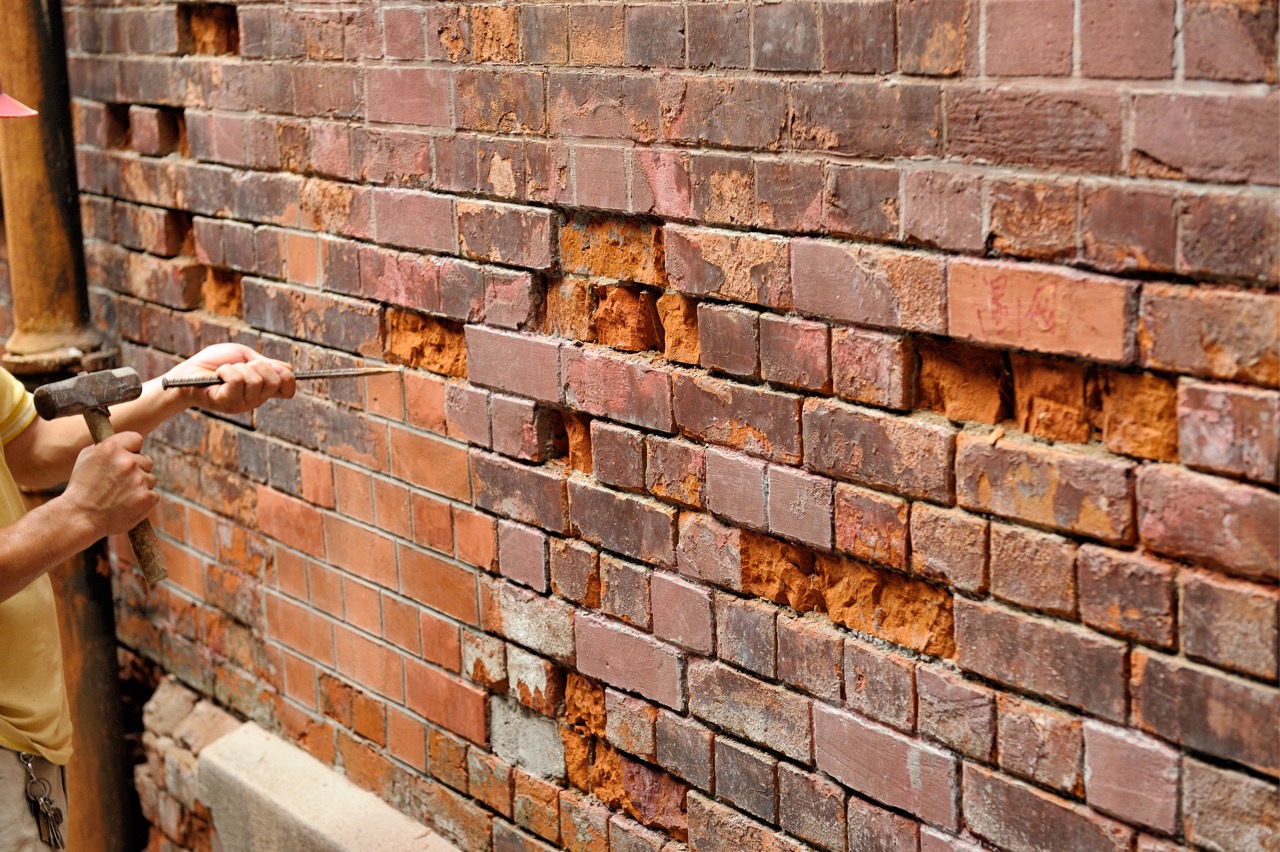High Quality Paver Installation Services to Transform Your Outdoor Area
High Quality Paver Installation Services to Transform Your Outdoor Area
Blog Article
Opening the Tricks of Sustainable Stonework Building Practices for Eco-Friendly Structures
Amongst the myriad techniques to eco-friendly structure, sustainable stonework building stands out as a reliable and long lasting method that holds a wealth of untapped possibility. From the choice of products to cutting-edge construction strategies, the tricks to attaining sustainability within masonry building are diverse and fascinating.
Benefits of Sustainable Masonry Building And Construction
Accepting lasting stonework building practices not only reduces environmental influence but additionally offers lasting financial benefits to building contractors and communities. By making use of materials like recycled bricks, obstructs, and rocks, contractors can substantially reduce the carbon impact of their jobs while advertising resource effectiveness. Furthermore, lasting stonework building and construction strategies, such as correct insulation and thermal mass properties, can improve energy performance within buildings, leading to minimized functional prices with time.
In addition, the sturdiness and resilience of stonework structures contribute to lasting financial benefits. Buildings created making use of sustainable stonework practices typically call for much less maintenance and repair, translating to cost financial savings for home builders and homeowner. The longevity of stonework products additionally makes certain that frameworks remain stable and secure, lowering the need for constant improvements or substitutes.
Eco-Friendly Masonry Materials
Utilizing environment-friendly stonework products is a critical action towards boosting the sustainability of construction practices and minimizing environmental influence while maximizing lasting economic advantages. Sustainable masonry products are sourced, produced, and utilized in a way that lowers overall environmental influence. Materials such as recycled bricks, recovered rock, and sustainable concrete blocks are becoming progressively preferred options for eco-conscious builders. Recycled bricks, for instance, not just draw away waste from garbage dumps however additionally require much less energy to produce compared to brand-new blocks. Redeemed rock uses an one-of-a-kind visual charm while reducing the demand for brand-new quarrying. Sustainable concrete blocks incorporate recycled accumulations and might feature enhanced insulation properties, adding to energy performance in structures.
In addition, all-natural materials like adobe, rammed planet, and straw bales give exceptional thermal mass buildings, decreasing the demand for home heating and cooling down power. These materials are often locally available, advertising regional economies and decreasing transportation-related carbon emissions. By choosing environmentally friendly masonry products, construction tasks can substantially lower their ecological footprint and add to the creation of much healthier, much more sustainable developed environments.
Energy-Efficient Masonry Strategies
Energy efficiency plays an important role in improving the sustainability of masonry construction techniques. One vital energy-efficient masonry technique is the usage of thermal mass, which entails integrating dense products like concrete or brick into the building's structure to absorb and store heat.

Innovations in Lasting Stonework
Current innovations in sustainable masonry techniques have actually caused cutting-edge strategies that are improving the building and construction industry. One such innovation is the growth of self-healing concrete, which uses germs installed within the concrete to heal cracks autonomously. This breakthrough not only lowers upkeep costs but likewise enhances the durability of stonework frameworks, adding to their sustainability.
Another remarkable development is using recycled aggregates in stonework construction - masonry contractor. By incorporating products such as smashed ceramic waste or recycled glass into concrete blends, building contractors can lower the environmental effect of construction jobs while maintaining structural honesty. This method not just diverts waste from landfills but additionally preserves natural deposits, making it a crucial improvement in sustainable masonry construction
Additionally, the combination of digital layout devices, such as Structure Info Modeling (BIM), is transforming the way stonework structures are intended and constructed. BIM enables for even more specific computations, minimized product wastefulness, and enhanced power performance, eventually causing even more lasting building methods. These innovations jointly represent an encouraging future for sustainable masonry construction in the era of environmentally friendly structures.
Future Trends in Stonework Sustainability
With the cutting-edge strides made in lasting masonry practices, the future patterns in masonry sustainability are positioned to more reinvent the construction industry. One of the key trends forming the future of stonework sustainability is the increased combination of innovation. Improvements such as Structure Info Modeling (BIM) and virtual fact simulations are being made use of to optimize stonework construction processes, bring about minimized material waste and improved power performance in structures.
Moreover, the advancement of novel sustainable materials is set to ford used play a substantial function in improving the eco-friendliness of masonry construction. masonry contractor. Developments like self-healing concrete, recycled aggregates, and bio-based binders are acquiring traction for their capacity to minimize ecological influence while preserving structural integrity

Conclusion
In conclusion, sustainable masonry building and construction practices offer many advantages for green buildings. masonry contractor. Innovations in lasting stonework are continually being developed to even more improve the environmental performance of structures.
Report this page